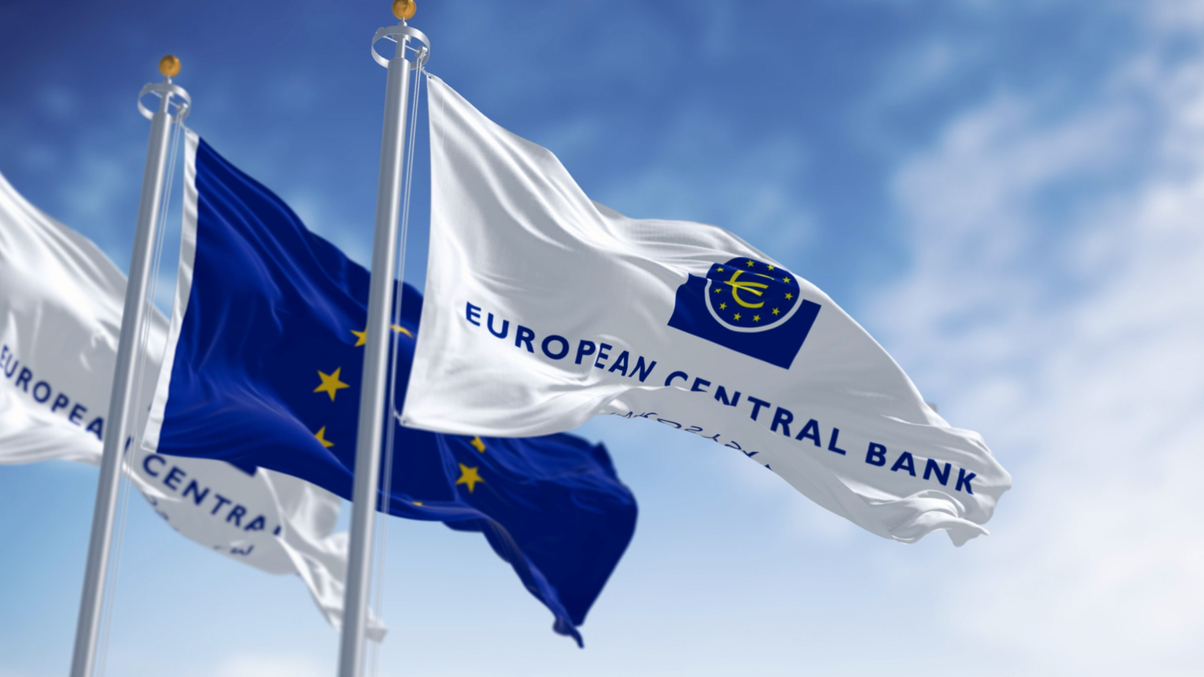Market Views: Positioning European assets in portfolios after ECB rate cut
The European Central Bank cut interest rates for the first time in five years, while the US Federal Reserve has held steady. Fund managers are now analysing the potential impact of this ECB rate cut on European investments and beyond.

The European Central Bank's (ECB) decision to cut interest rates for the first time since 2019 marked a divergence in monetary policy between the US and European economies.
Sign in to read on!
Registered users get 2 free articles in 30 days.
Subscribers have full unlimited access to AsianInvestor
Not signed up? New users get 2 free articles per month, plus a 7-day unlimited free trial.
¬ Haymarket Media Limited. All rights reserved.


